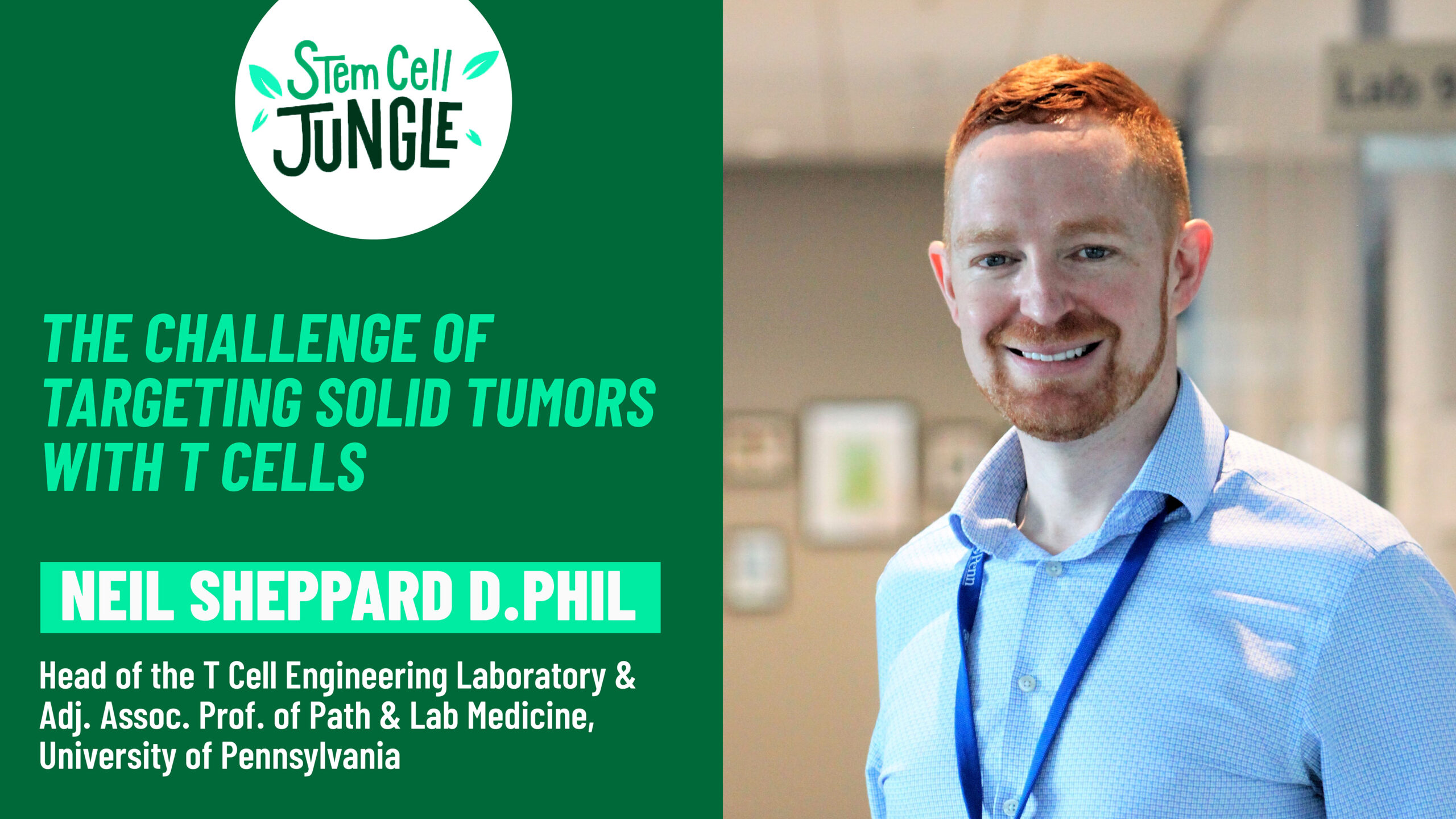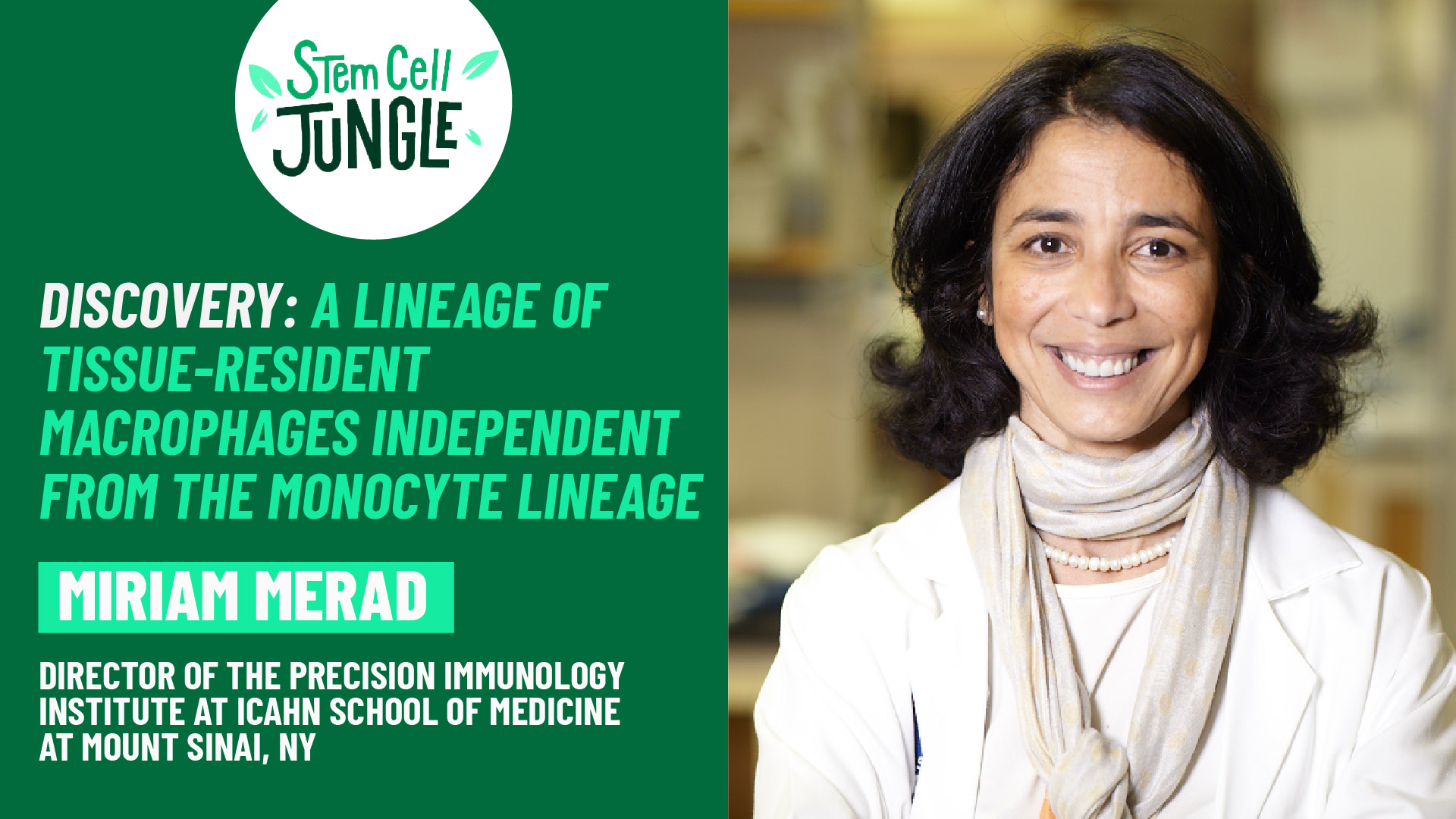
Human pluripotent stem cells: in vitro versus in vivo
While it has been reported that hPSCs cultured in 2D spontaneously form lumens, such rosette-like structures were found to rapidly collapse (in ~5 days or less). hPSCs end up establishing



While it has been reported that hPSCs cultured in 2D spontaneously form lumens, such rosette-like structures were found to rapidly collapse (in ~5 days or less). hPSCs end up establishing

Pluripotency is a transient cell property in vivo. At the end of the first week of development, naïve hPSCs transition to primed pluripotency. Within the following 5 to 7 days,

Is the FDA adapting to cell therapies ? How ? Why and how cell therapy differ from small molecules ? A quick overview with Neil Sheppard, D.Phil, Adjunct Associate

What’s the medical need for allogeneic anti-tumor therapies ? What are the challenges of allogeneic modalities in solid tumors ? Neil Sheppard, D.Phil, Adjunct Associate Professor in the Department of

While solid tumors represent the vast majority of cancers, most commercial cell therapies target hematological malignancies. Why ? What are the most promising T cell-based strategies in solid tumors ?

In which cases could allogeneic strategies be used instead of autologous products? What are the most promising clinical trials? A quick overview with Neil Sheppard, D.Phil, Adjunct Associate Professor in

Neil Sheppard, D.Phil, Adjunct Associate Professor in the Department of Pathology & Laboratory Medicine, and Head of the T Cell Engineering Lab (TCEL), at the Center for Cellular

Neil Sheppard, D.Phil, Adjunct Associate Professor in the Department of Pathology & Laboratory Medicine, and Head of the T Cell Engineering Lab (TCEL), at the Center for Cellular Immunotherapies

Miriam Merad, MD, PhD, Oncologist and Director of the Precision Immunology Institute at Mount Sinai in New-York is an expert of tissue-resident immune cells in cancer. Here she highlights the

Do tissue-resident immune cells constitute a critical cellular compartment, that needs to be taken into account, in any disease ? The point of view of Miriam Merad, MD, PhD, Oncologist,

Miriam Merad, MD, PhD, Oncologist and Director of the Precision Immunology Institute at Mount Sinai in New-York is an expert of tissue-resident immune cells. Here, she comes back on her

Miriam Merad, MD, PhD, Director of the Precision Immunology Institute at Mount Sinai in New-York is an expert of tissue-resident immune cells. Here she highlights her discovery of the role
The webcast In the Stem Cell Jungle becomes a blog about pluripotent stem cells and their applications in cell therapy. Maxime Feyeux, CSO of TreeFrog, who was hosting the webcast on youtube, is now editor of the blog, which brings together developmental biology insights about pluripotent stem cells (both iPS & ES cells) and views from the industry about iPS-derived cell therapies for regenerative medicine and immune-oncology. The blog is also featuring free access resources, such as a whitebook about the epiblast rosette and how to leverage this in vivo structure to manufacture iPSCs at scale using biomimetic technologies such as C-Stem, as well as a list of cell therapy programs based on pluripotent stem cells in clinical trial.

